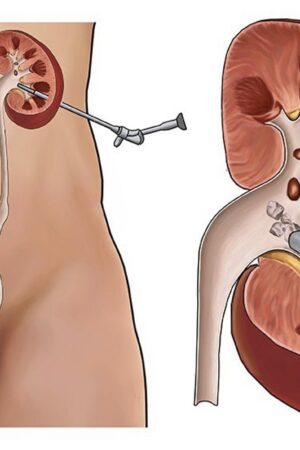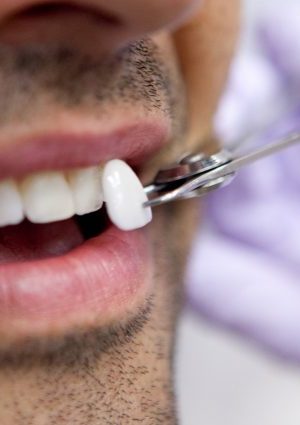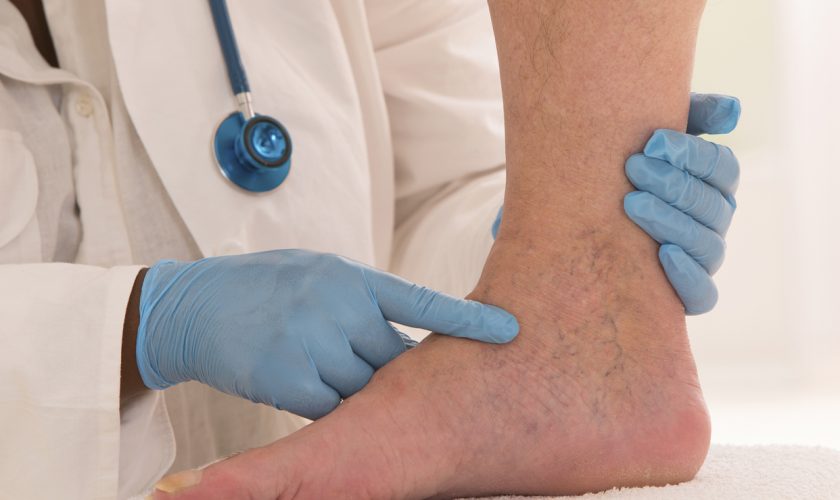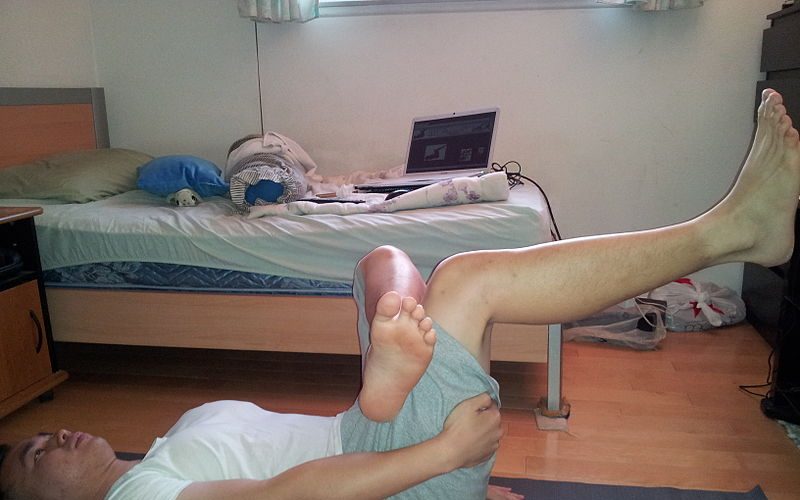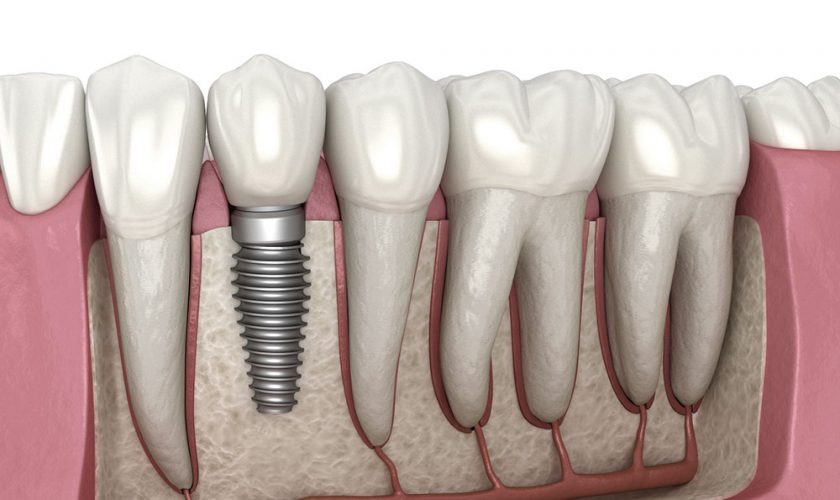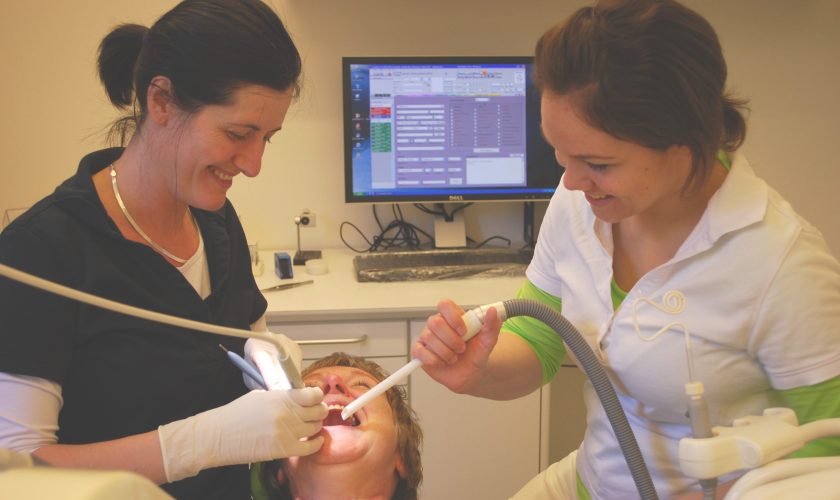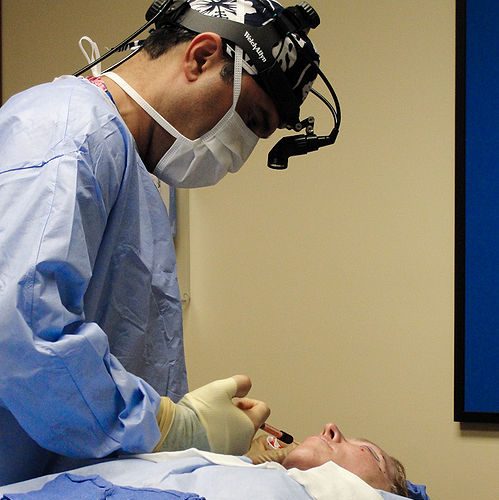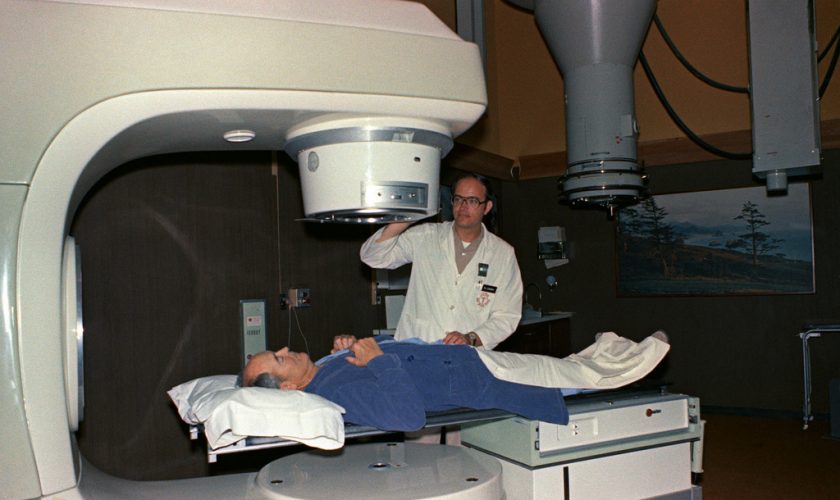Varicose veins are twisted, swollen, and enlarged veins that form on the legs and feet. Sometimes it can be very uncomfortable, and you will need to visit a specialist. Riverside varicose veins have skilled experts who use minimally invasive treatment options to ensure that you can fully recover. At the visit, you can also learn the causes of the varicose veins and the treatment that will make you return quickly to your daily activities.
Causes of Varicose Veins
You can develop varicose veins when your veins are not functioning correctly; this is because the valves that prevent the blood from flowing backward have failed, and when this occurs, blood starts to collect and do not flow to the heart, and the veins start to enlarge. The veins in the legs are affected because they are far from the heart. Some of the causes of varicose veins include standing for a long time, pregnancy, obesity, age over 50, and a family history of varicose veins.
Chronic Venous Insufficiency
Chronic venous insufficiency (CVI) occurs when the valves stop working, which then interfere with blood flowing, causing blood pooling. CVI is a result of aging and reduced mobility. You are likely to experience symptoms like tiredness and aching in the legs, new varicose veins, swelling in the ankles and lower legs after standing for a long time, and stasis ulcers. When you do not treat the symptoms, the veins can burst due to pressure in the veins. The open wound can lead to ulcers on the skin surface. If you experience any symptoms, you should immediately visit a doctor who will diagnose, treat, and prevent serious complications.
Treatment of Chronic Venous Insufficiency
Before treatment, your doctor will conduct a diagnosis to know the cause of the condition. The doctor will check your medical history and examine your legs when you are standing and sitting. The treatment is to prevent pooling and reduce the chance of getting skin ulcers. Wearing fitting compression stockings can help improve blood flow. Stockings that fit poorly can make the condition worse. You also need to take care of your skin so that it does not crack easily.
A non-surgical method that your doctor can use is endovenous thermal ablation, which is directing high-frequency radio waves to the affected vein, which creates intense heat. The heat closes the target vein, and there is minimal bruising and bleeding in the process. Minimal bruises mean that you can go back to your daily activities faster.
Your doctor can decide to use the sclerotherapy method to inject a solution directly to the varicose vein, causing them to disappear and collapse. The method will help prevent ulcers from occurring and eliminate the discomfort and pain in the veins.
You can reduce the risk of CVI, especially if you have a family history of CVI, by eating a healthy balanced diet, exercising regularly, and avoiding standing and sitting for a long time. If you smoke, you should quit and maintain a healthy body weight.
Conclusion
Varicose veins can be very uncomfortable, and when you do not treat the condition at an early stage, it can lead to chronic venous insufficiency. Knowing the causes of varicose veins will help you monitor your legs. It would help if you talked to a doctor immediately when you see the symptoms of varicose veins.
